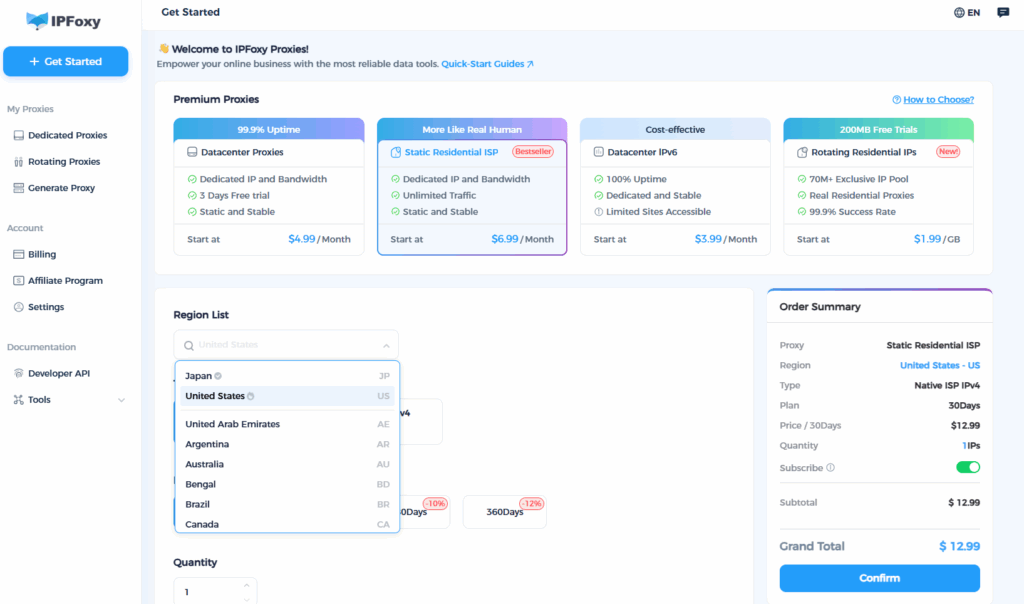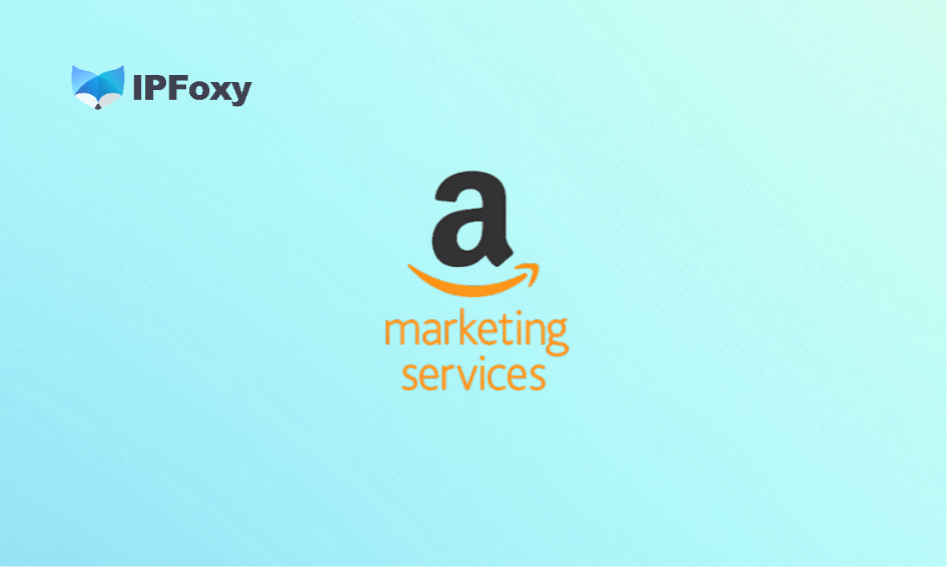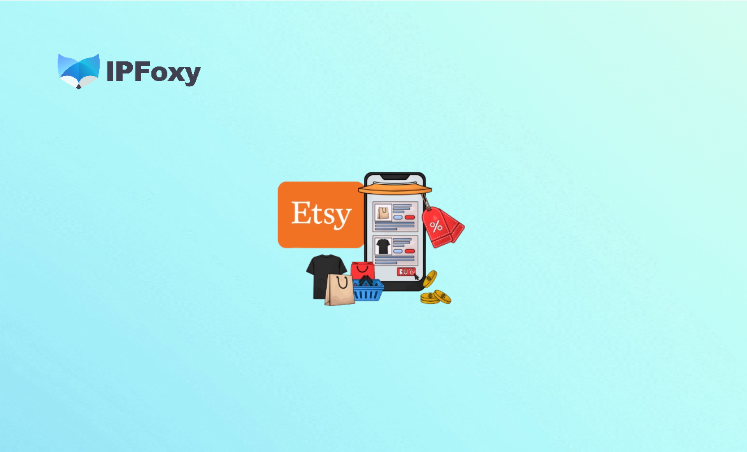In the era of short videos and the booming creator economy, YouTube remains one of the world’s primary hubs for content creators. Whether you edit funny videos, produce educational content, or share lifestyle vlogs, you can earn real money through the YouTube Adsense program if your content is engaging enough.
But the questions remain: How exactly to monetize? What kind of channel qualifies? Why is there such a big gap in earnings?
This article will walk you through the monetization mechanism and full-process operation of YouTube Adsense step by step, and tell you how to maintain stable revenue in multi-region and multi-account operations.
I. What is YouTube Adsense, and How to Make Money from It
1. What is YouTube Adsense?
YouTube Adsense is Google’s video ad revenue-sharing system. When viewers see ads before, during, or after your videos, YouTube will share revenue with you based on metrics like ad impressions and clicks. Creators receive this ad revenue through a Google Adsense account.
2. Monetization Requirements
Not all channels can enable Adsense revenue directly. To join the YouTube Partner Program (YPP), you need to meet the following criteria:
- 4,000 hours of cumulative watch time in the past 12 months;
- At least 1,000 subscribers;
- All content complies with YouTube’s Community Guidelines and Copyright Policies;
- A linked Adsense account for receiving payments.
Once these requirements are met, YouTube will review your channel. Upon approval, you can start inserting ads in your videos and earning revenue.

II. Complete Monetization Guide for Creators with YouTube Adsense
1. Revenue Logic
YouTube’s ad revenue is primarily determined by three factors:
- Views (traffic): More views mean more ad impressions;
- CPM (Cost Per Mille): Determined by advertisers’ bids and video category;
- Viewers’ geographic location: Directly impacts CPM and tax withholding rates.
From experience, for the same video content, the average CPM is only \(0.5–\)1 if the main audience is from India or the Philippines. But if the main audience is from the US, Canada, or Germany, the CPM can reach \(10–\)25.
This is why many creators target “high-revenue region audiences” in their content strategies—ad unit prices and monetization capabilities are on entirely different levels.
2. Google’s Tax Policies and Revenue Differences
As YouTube is owned by Google, a US company, it must comply with US tax laws. Therefore, all creators with ad revenue sharing will face US tax withholding mechanisms. The core rules are as follows:
- Only ad revenue generated by US viewers is subject to withholding tax;
- Ad revenue from viewers outside the US is not withheld;
- Tax rates vary by creators’ country of residence (e.g., 10% for Chinese creators);
- If tax information is not submitted, the system will withhold tax at a high rate of 24% or 30%.
This means your audience distribution determines your tax burden and net revenue. If your videos mainly attract US viewers, your total revenue will be high, but more tax will be withheld. If your audience is primarily from other countries, the overall tax burden will be lower.
To truly optimize revenue, you need to balance your content audience structure and regional traffic.
For example:
- Create English content targeting North American audiences to increase CPM;
- Publish localized videos for Asian audiences to reduce tax burden;
- Use a multi-account matrix to test revenue performance of content in different regions.
3. Cross-Region Accounts and Revenue Optimization
When creators try to operate multiple channels, test audiences in different countries, or switch regions to check ad and tax performance, they will encounter a practical issue: YouTube and Adsense track account login environments (IP, device, cookies).
Sharing the same network environment across multiple channels or frequently changing login regions can easily trigger risk control, leading to:
- Suspension of the Adsense account or requirement for re-verification;
- Abnormal revenue data or delayed settlements;
- Accounts being mistakenly flagged as “multiple account operations.”
To conduct cross-region operations safely and compliantly, you must establish an independent, clean network environment for each channel.
This is where professional residential IP proxies like IPFoxy come in:
- Supports multiple countries/regions (e.g., high-CPM regions like the US, UK, Germany, Australia), enabling secure login to channel backends in different regions;
- Truly tests differences in ad prices and tax rates across regions;
- Stabilizes management of multi-account matrices without triggering risk control.
IPFoxy provides stable, exclusive residential IPs that are not shared or reused. It is particularly suitable for cross-region content operations, revenue comparison, and multi-account management—making it a key tool for YouTube creators to boost revenue and optimize tax structures.

4. Practical Tips for Increasing Revenue
- Multi-region matrix content layout: Establish independent channels based on CPM and tax rates in different regions, and test different themes and language markets;
- Submit tax information to avoid high withholding rates;
- Focus on creating high-commercial-value content (finance, technology, education) to increase ad bids;
- Maintain a stable account login environment to prevent association and risk control triggers;
- Regularly optimize video titles, thumbnails, and opening hooks to improve view and ad impression rates.
Conclusion
YouTube Adsense is the most direct way for content creators to “monetize videos.” But the key to actually making money lies in understanding the mechanism, mastering optimization techniques, and maintaining a stable environment. In the era where content is king, the core formula for sustained revenue is a high-quality creator + stable environment + reasonable ad strategy.


